Imagine it’s 7 a.m. in Tiong Bahru: the streets smell faintly of pandan waffles, the uncle at the kopi stall is performing that lightning‑fast pour that feels half art, half acrobatic stunt, and my phone is already lighting up with Slack pings. I fish a laptop out of my canvas tote, easy because the thing is lighter than the kaya toast sweating on its wax paper beside me, and I’m instantly in work mode with zero shoulder regret. Remember lugging around those three‑kilogram “portable” bricks back in the pre‑pandemic days? Yeah, me too, and my physiotherapist thanks them for the business. Fast forward to 2025, magnesium‑alloy shells, AI‑tuned chips, and batteries that sip power like shy kids at a party mean today’s 14‑inchers barely break the one‑kilo mark yet keep humming through a full‑day client shoot and the CBD‑to‑Changi MRT ride. They’re not just thin, they’re practically lifestyle accessories: small enough for the tray table in an NEL carriage, tough enough to survive a flea‑bite‑sized café‑table wobble, and powerful enough to run real‑time Photoshop generative fills while your kopi‑O is still too hot to gulp. If you’ve ever cursed gravity while sprinting for the North‑South line or tried balancing a MacBook Pro on your knees in a jam‑packed lift, this new flock of featherweights will feel like liberation.

Editor
Lloyd Kelly Miralles's Profile chevron_right

Expert
Kenny Ong chevron_right
Table of Contents
Comparison Table
| Model | Product Image | Price (SGD, May 2025) | Where To Buy | Processor (as tested) | Display | Battery | Weight |
|---|---|---|---|---|---|---|---|
| ASUS ExpertBook B9 |
 |
$2,924 | Intel Core i7‑1255U | 14″ FHD IPS | 66 Wh | 0.88 kg | |
| Acer Swift Go 14 |
 |
$1,099 | Intel Core Ultra 7 155H | 14″ 2.8 K OLED 90 Hz | 54 Wh | 1.30 kg | |
| Microsoft Surface Laptop Go 3 |
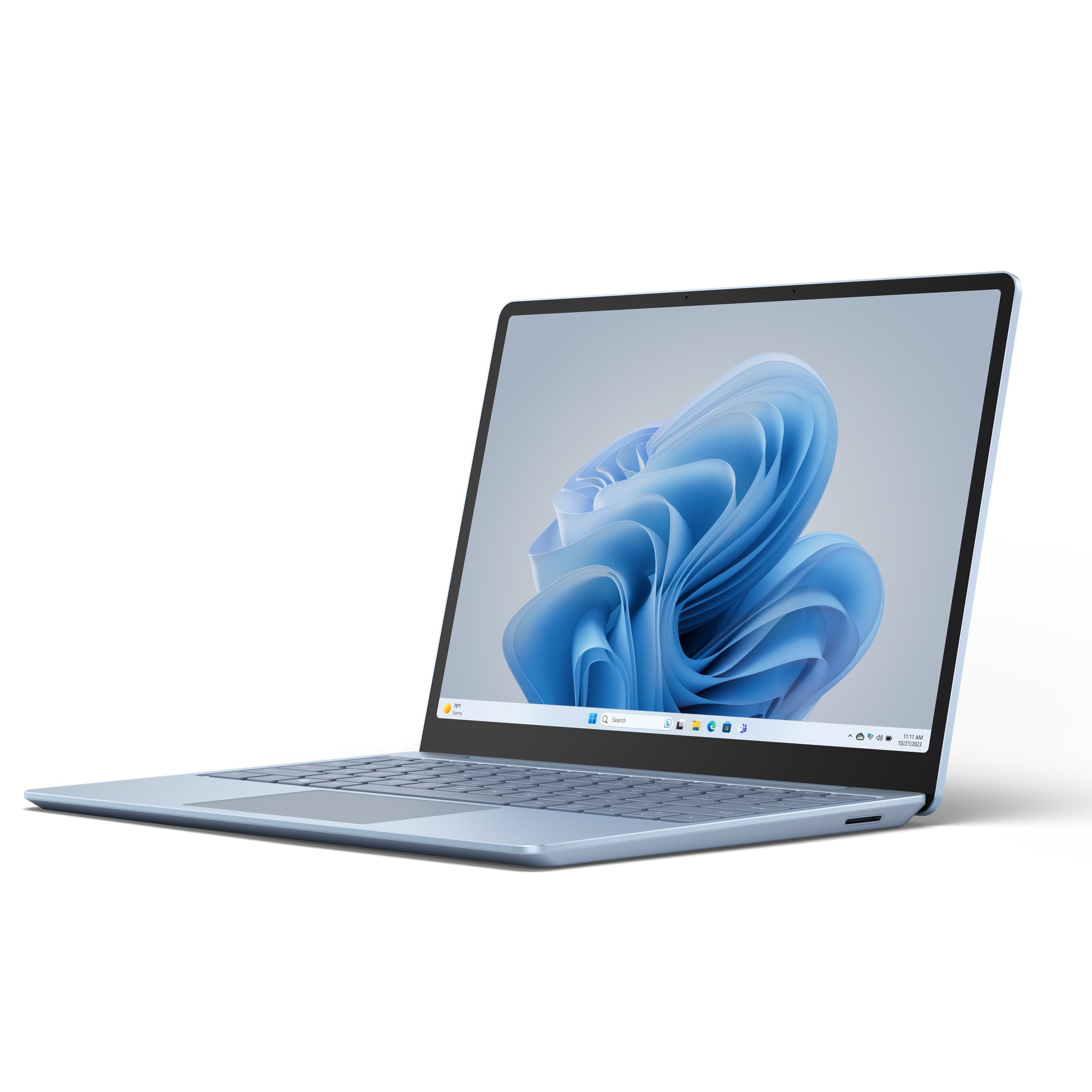 |
$1,199 | Intel Core i5‑1235U | 12.4″ 1536×1024 | 41 Wh | 1.13 kg | |
| LG Gram 14 |
 |
$1,999 | Intel Core i7‑1360P | 14″ WUXGA IPS | 72 Wh | 0.999 kg | |
| Lenovo Yoga Slim 7 Carbon |
 |
$1,799 | AMD Ryzen 7 7840HS | 14″ 2.8 K OLED | 61 Wh | < 1.1 kg | |
| HP OmniBook Ultra Flip 14 |
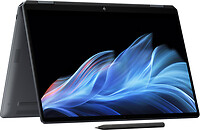 |
$2,749 | Intel Core Ultra 7 155H | 14″ 3 K OLED touch | 64 Wh | 1.35 kg | |
| ASUS ZenBook 14 OLED |
 |
$2,199 | Intel Core Ultra 7 155H | 14″ 3 K OLED 120 Hz | 75 Wh | 1.28 kg | |
| Dell XPS 13 9345 |
 |
$3,059 | Qualcomm Snapdragon X Elite | 13.4″ 3 K OLED | 55 Wh | 1.17 kg | |
| Apple MacBook Air 13 |
 |
$1,499 | Apple M4 | 13.6″ 2560×1664 | 52.6 Wh | 1.24 kg | |
| Apple MacBook Air 15 |
 |
$1,799 | Apple M4 | 15.3″ 2880×1864 | 66.5 Wh | 1.51 kg |
Buying Guide: How to pick your featherweight companion
-
Weight vs. Sturdiness
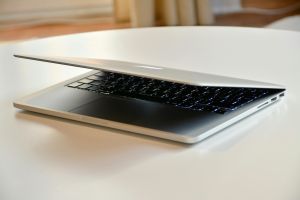
Sub‑1 kg sounds dreamy until you shove it under the seat on Bus 190. Magnesium or carbon builds (Gram, ExpertBook) survive better than plastic.
-
Battery Wh, not marketing hours

Anything 60 Wh+ is safe. Under 50 Wh? Pack a GaN charger.
-
Processor class
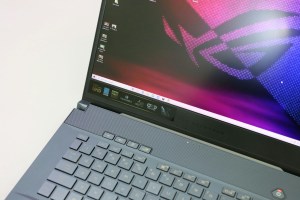
Intel Ultra H‑series and Apple M‑series feel desktop‑fast. Snapdragon/AMD are efficient but mind app compatibility.
-
Ports
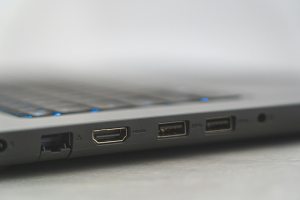
If you still use USB‑A drives, shortlist Acer or HP; Dell and Apple quit that life.
-
Display tech
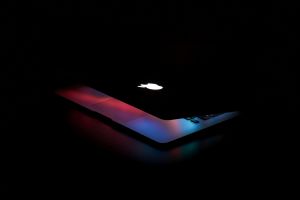
OLED pops, IPS saves cash. Simple.
-
Price swings

Singapore’s PC Show (mid‑June) and Comex (September) often slice S$200‑400 off RRP—worth the queue.
10 Best Lightweight Laptops in Singapore 2025

Kenny Ong
In my experience, lightweight laptops are definitely worth it if your main concern is portability and battery life. However, if you need a machine for heavy-duty gaming, advanced video editing, or professional 3D rendering, you might want to consider a more powerful laptop, even if it’s slightly heavier.
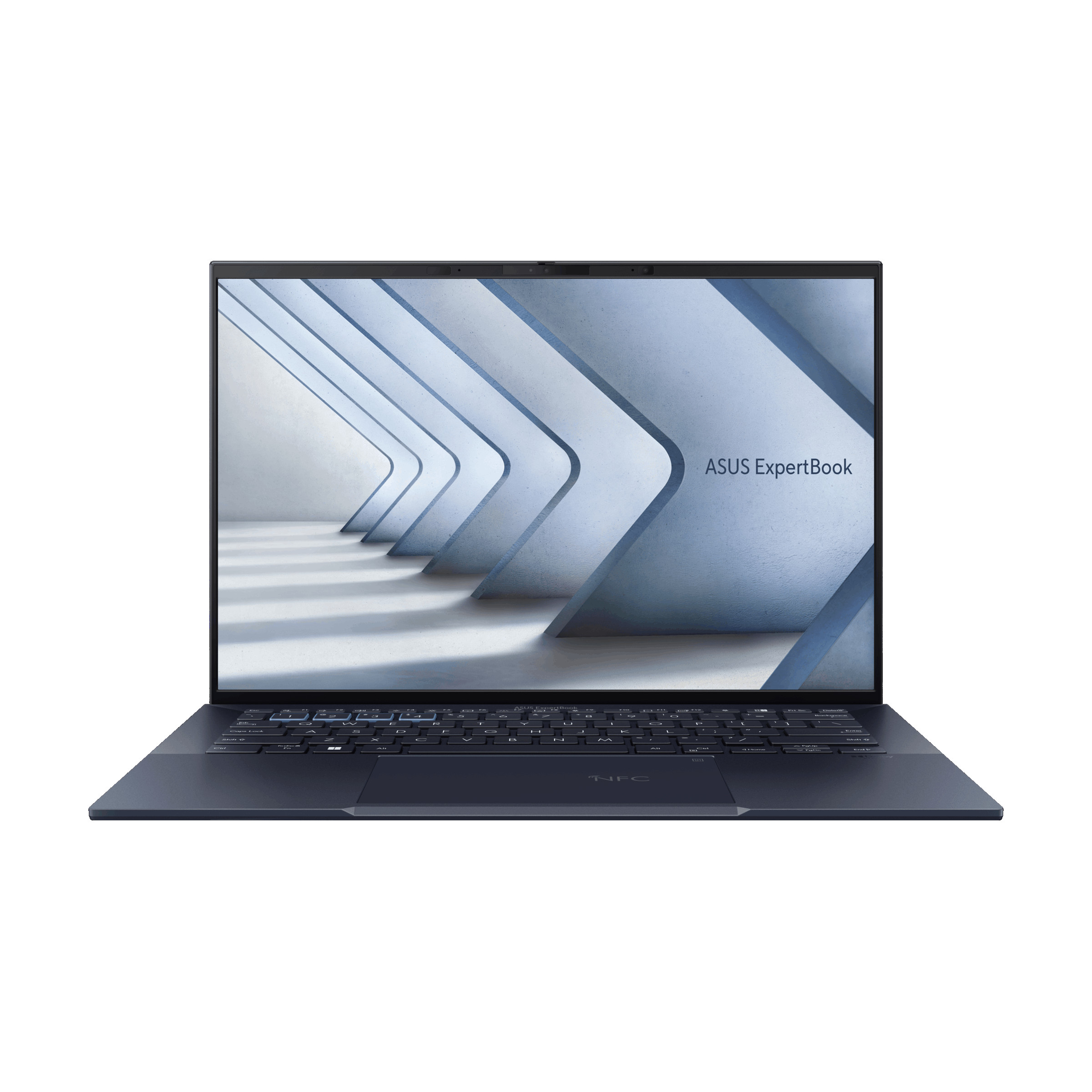
The B9 is so light I once balanced it on a kaya‑buttered fork for a photo. At 0.88 kg, it disappears in your backpack, but the 66 Wh battery keeps Google Meet alive longer than my patience for small talk. Ports galore, too—HDMI, two Thunderbolt 4s, even an Ethernet dongle for that one conference room that hates Wi‑Fi.
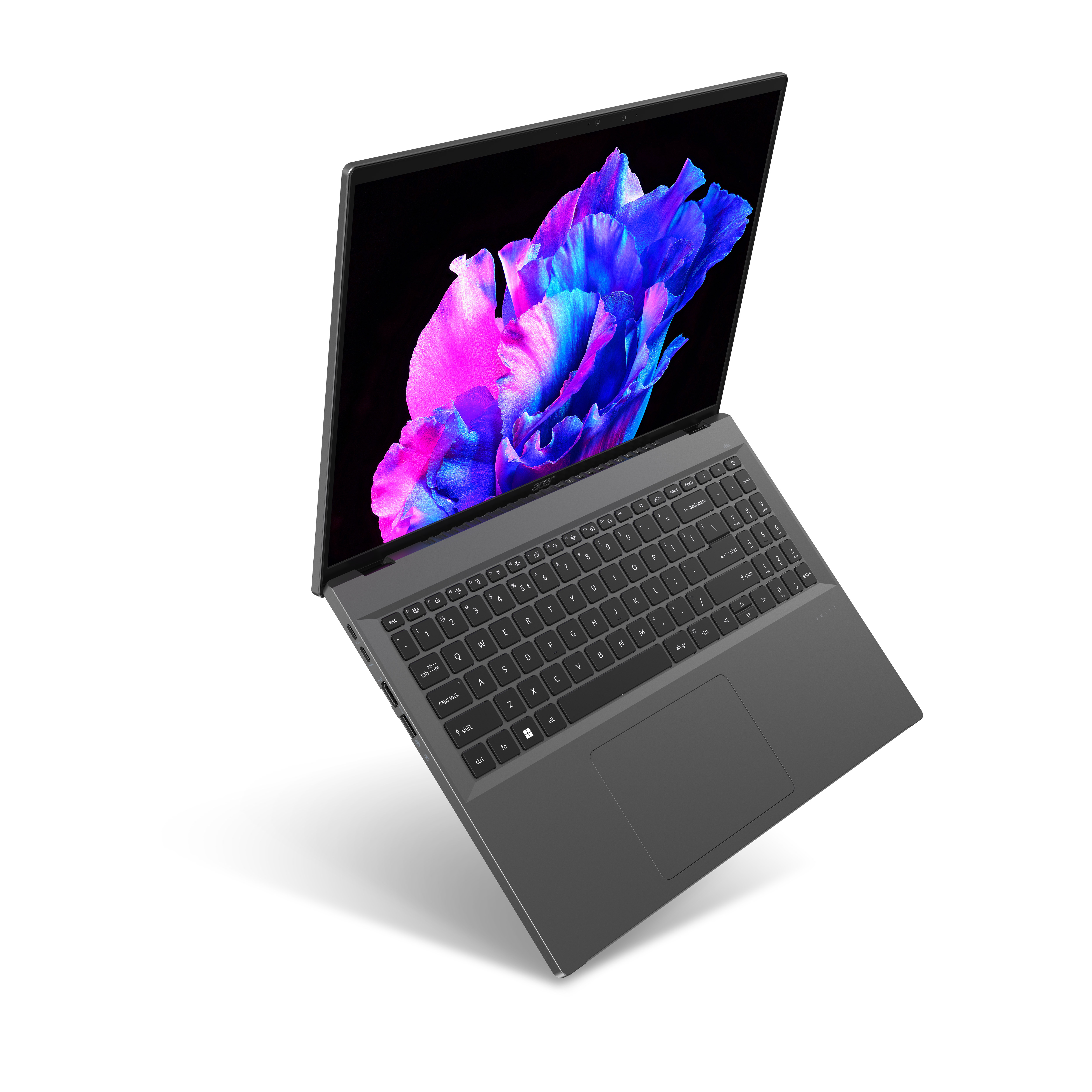
1.32 kg feels middling until you remember there’s a 90 Hz OLED and an Intel NPU inside doing real‑time voice isolation. The lid flexes if you yank it by a corner (don’t), but at IT Show sale prices it’s the kopi‑peng of AI PCs—sweet deal, slight sugar crash.

Imagine a pastel‑coloured notebook that weighs the same as two apples (1.13 kg) but forgets its keyboard back‑light at home. Perfect for lecture halls and café journaling; less so for 4 K editing unless you enjoy watching progress bars.
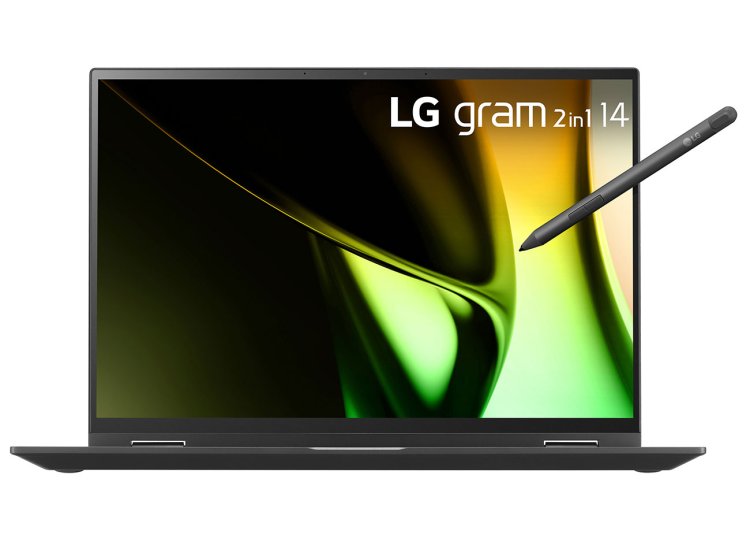
At 1.25 kg the Gram floats, yet crams in a hulking 72 Wh battery. Magnesium alloy feels like plastic until you accidentally drop it—then realise it’s tougher than your ex’s heart. Display is plain IPS, but the two‑day battery high is real.
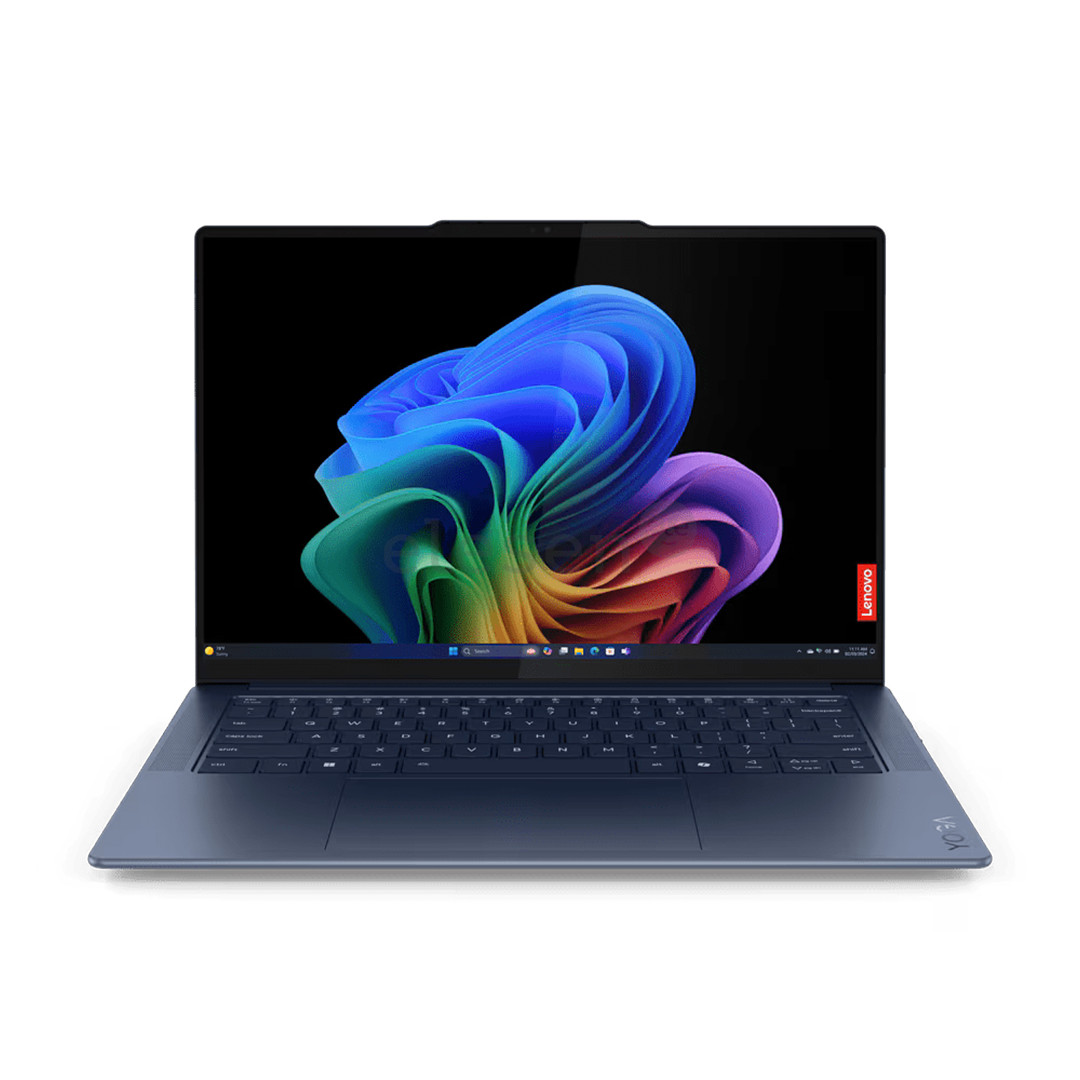
Carbon‑fibre lid, OLED goodness, and sub‑1.1 kg heft make this my go‑to for rooftop photo edits. Ryzen 7000 handles Lightroom exports while I sip flat white. Ports are USB‑C‑only, so dongles join the party.

A 360° hinge means you can tent it for Netflix, then flip to tablet mode for drawing. At 1.34 kg it’s tablet‑ish, not tablet light, but the 64 Wh cell plus haptic touchpad make up for it. Beware HP’s pop‑up software nags.
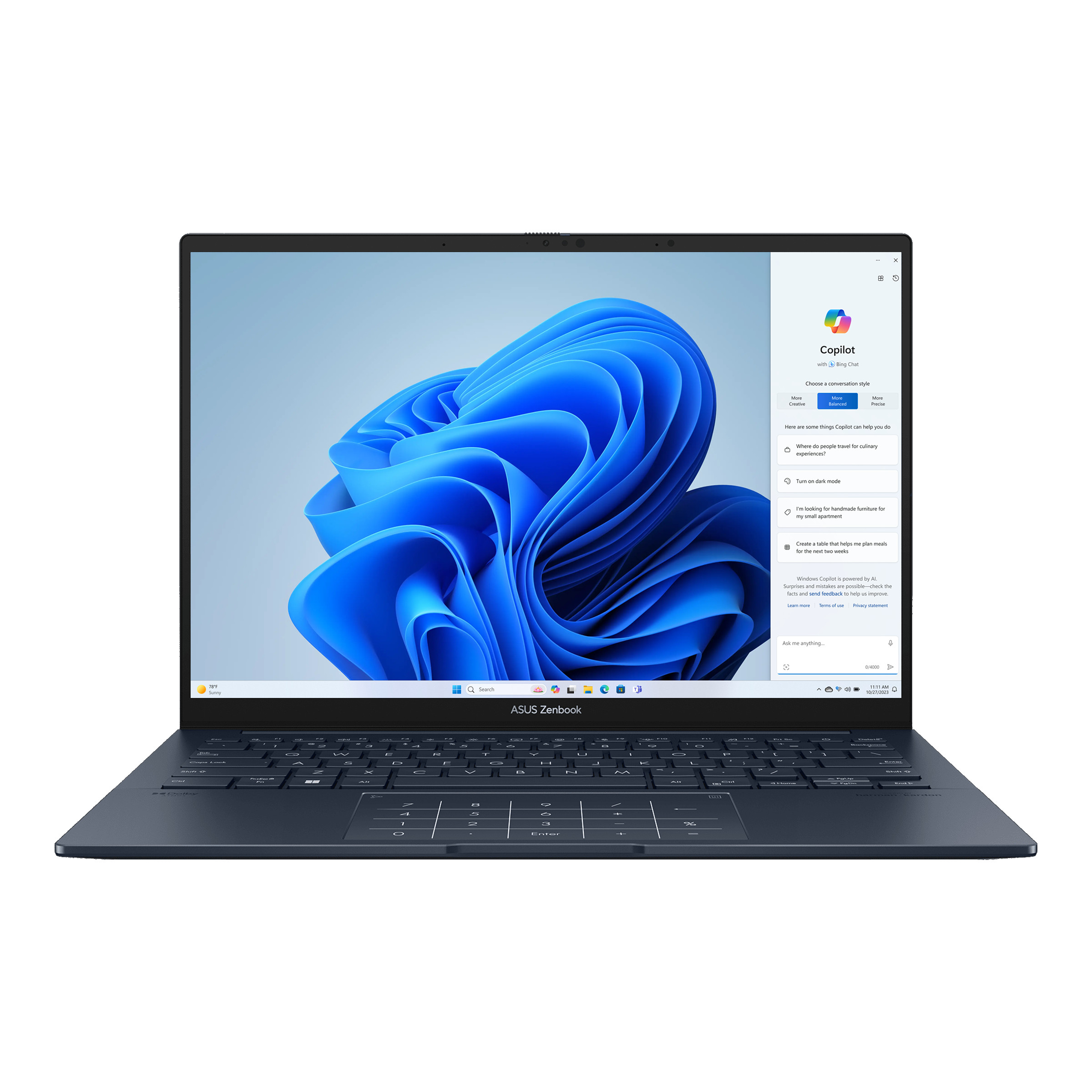
Think MacBook vibes with a 120 Hz OLED twist. 1.28 kg won’t win lightest crown, yet the 75 Wh battery + AI camera tricks scream 2025. Fingerprints collect faster than cashback coupons, though.

1.17 kg of fan‑less silence running on Snapdragon X Elite. I wrote half this post on it without hearing a single whirr. App compatibility hiccups exist (hello, legacy driver installers), but 55 Wh still stretches to 20‑hour writing sessions.

Cupertino’s 1.24 kg sweetheart remains the yardstick. The 52.6 Wh pack and M3 silicon mean 15 hours of real work, and the trackpad is still magic. Two ports, though—one if you’re charging—so pack a hub.
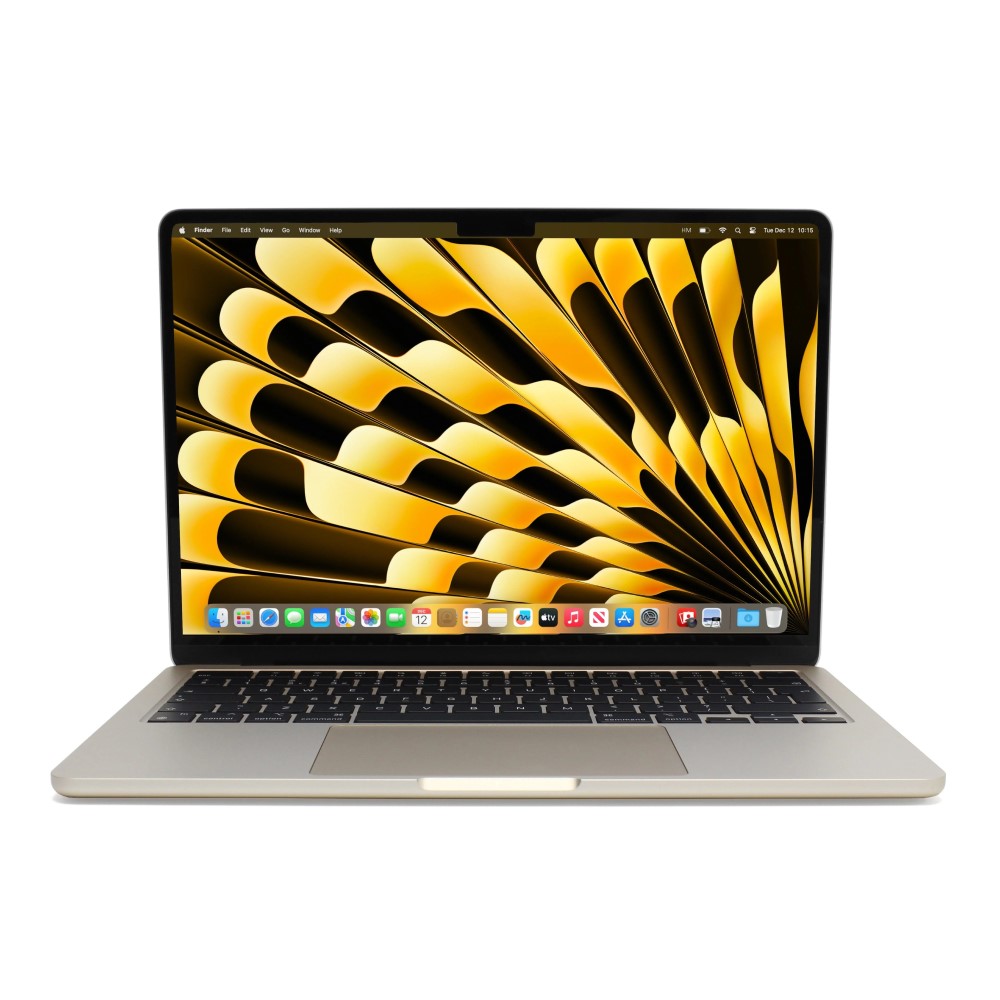
Same Air DNA, supersized. At 1.51 kg it’s the heaviest here, but you get a 15.3″ canvas, six speakers, and a 66.5 Wh battery that laughs at all‑day editing. Won’t fit tiny café tables—ask me and my spilled latte.

Kenny Ong
At the end of the day, these devices are designed to enhance mobility without sacrificing too much power, making them a smart investment for anyone who values a sleek, efficient, and travel-friendly computing experience. If you're considering getting one, think about your workflow, usage habits, and budget to ensure you pick the right model that truly fits your needs.
Frequently Asked Questions answered by ProductNation.co team
Are AI NPUs useful now?
Yes. Windows Copilot+ Recall, on‑device transcription (Otter.ai style) and Photoshop’s Generative Fill accelerate on chips like Core Ultra or Snapdragon X. If you dabble in AI, choose one.
Is 8 GB RAM still okay?
For Chrome + Netflix, maybe. For creative work or future‑proofing, 16 GB is the new baseline.
Can I bring these on Scoot without extra baggage fees?
Most weigh under 1.5 kg, so sling ’em in your carry‑on; just remember each airline’s lithium‑battery limit is 100 Wh, and every laptop here clears that.
Which OS runs the longest on battery?
Right now, macOS on M‑series still tops efficiency, with Windows on Snapdragon close behind.
Conclusion
So there you have it: ten featherweights that prove you no longer need a chiropractor’s loyalty card just to answer emails on the go. Whether you crave the sub‑kilo magic of ASUS’s ExpertBook, the OLED pop of Acer’s Swift Go, or the all‑day zen of Apple’s new‑look Airs, the real win is how easy it is to sling any of them into a tote and still have room for kaya toast (plus maybe a durian puff if you’re brave). My advice? Head to the next IT fair, slip each contender into your own bag, and do the “MRT turnstile test”—if you can tap in without whacking the aunty in front of you, congrats, you’ve found your laptop.



Kenny Ong
Lightweight laptops have become an essential category in the tech world, offering the perfect blend of portability, battery efficiency, and sleek design. Over the years, I’ve tested and reviewed several ultrabooks, and I can confidently say that these devices are a game-changer for students, professionals, and digital nomads. The most obvious advantage of a lightweight laptop is how easy it is to carry around. When you’re constantly moving between meetings, coffee shops, or classrooms, every gram counts, and carrying a 1kg laptop versus a 2.5kg one makes a significant difference. Most ultrabooks today are designed with portability in mind, using premium materials like aluminum, magnesium, or carbon fiber to keep the weight low while ensuring durability. Additionally, battery life is another area where these laptops shine.